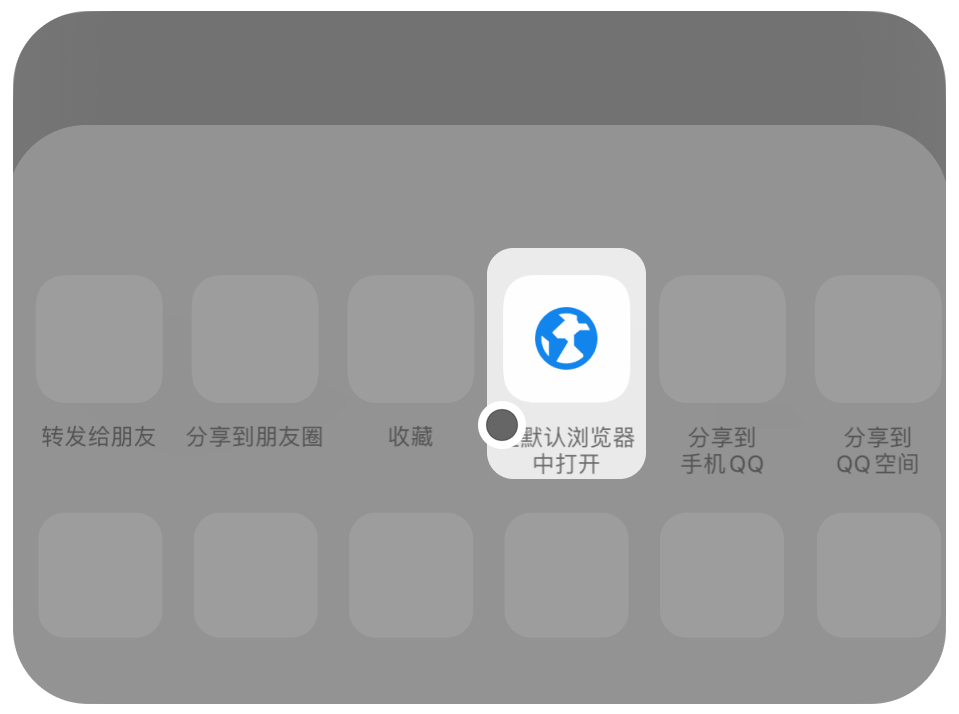Goheal Exposes M&A Survival Game for Listed Firms: With a Billion-Dollar Budget Left, Which Link Gets the Axe First?
"In war, the most deadly enemy is often not the most powerful, but the most easily ignored." This sentence is not only applicable to the art of war, but also the survival rule in the capital market. In the bloody arena of mergers and acquisitions of listed companies, any small decision-making error may lead to a complete reversal of the situation. Today, the rules of the capital game have undergone earth-shaking changes: with the deepening of the registration system reform, the former "scale competition" has gradually transitioned to "precision sniping", and the traders with a budget of 1 billion must make the most difficult choices under limited resources.
American Goheal M&A Group
Goheal has been deeply involved in the field of mergers and acquisitions for many years and has witnessed the huge transformation of this industry from "wealthy" to "thrifty". In this process, we have also learned a key truth: mergers and acquisitions are not just a game of funds, but the art of how to cleverly use every penny and maximize strategic value. So, when faced with a budget of 1 billion, how to make accurate decisions and prioritize which links to cut in order to survive in this life-and-death game?
Cut off those "vase targets": How to optimize asset allocation?
In the process of mergers and acquisitions, the most easily overlooked link is the value assessment of the target. Many companies have blindly acquired some "vase targets" with inflated PS values under the thinking of "scale first", resulting in waste of resources and capital precipitation. Take Kanghui Pharmaceutical as an example. At that time, it expanded its business scale through premium acquisitions, but failed to effectively improve the profitability of the company. Instead, it dragged down its performance and finally had to face the pain of huge impairment.
One of Goheal's core concepts is to always emphasize "value first". Therefore, with limited funds, the top priority is to eliminate those targets with inflated valuations. Through precise financial and commercial due diligence, we can quickly screen out assets that do not meet strategic goals, thereby avoiding problems such as goodwill impairment that may occur in the future. In today's tense capital market environment, knowing how to cut those "vase" assets is the watershed between life and death.
Replace "brute force expansion" with "precision strike": How to effectively use due diligence and AI technology?
The traditional due diligence process may take months, involve a lot of manual inspection and analysis, and even require the full participation of the Big Four accounting firms. However, with the advancement of technology, Goheal has been able to accelerate this process through artificial intelligence systems. By screening financial reports within 72 hours, we can accurately identify potential risk points in finance, especially those invisible "ghost accounts receivable".
In addition, the intervention of AI technology also allows us to judge the actual value of the M&A target in a very short time, avoiding unnecessary capital loss caused by the lengthy and inaccurate traditional due diligence. This technological due diligence method has become an important weapon for Goheal in capital operations. Compared with the time-consuming and labor-intensive due diligence in the past, today's rapid screening not only improves efficiency, but also greatly reduces the possibility of errors.
Make regulatory communication a "life and death card": rationally allocate resources
In addition to market and financial fluctuations, the risks of M&A restructuring also come from regulatory pressure. Under the limitation of a 1 billion budget, how to rationally allocate resources has become a problem that every M&A operator must face. For many companies, the budget for the regulatory communication team may be regarded as a "luxury". However, Goheal believes that this expense is not a waste, but a necessary strategic investment.
By closely communicating with the regulatory authorities and obtaining window guidance, not only can policy trends be foreseen in advance, but also a more relaxed regulatory environment can be obtained when encountering unexpected problems. Just as a biopharmaceutical company invested a lot of money in communicating with regulatory authorities during the merger and acquisition process, it finally successfully increased the patent barrier by 300% through compliance operations and flexible responses, achieving a leap in valuation.
"Powder Keg" Plan: How to deal with the "dead corners" in the deadlock?
In mergers and acquisitions and restructuring, risk management has always been one of the most important links. We often say that "dead corners are the place of life and death." For Goheal, the most noteworthy "dead corners" are those potential public opinion risks, breach of the gambling agreement, and audit storms. With a limited budget, smart M&A traders will not let these risk points "resurrect from the ashes", but will make sufficient preparations in advance and bury the "powder keg."
Take a well-known company as an example. They set up a 120 million bet compensation buffer pool during the M&A process and prepared three sets of parallel ledgers to deal with audit issues of different calibers. In the post-merger operation process, this plan effectively responded to the sudden public opinion storm, so that the company not only did not suffer a serious impact from shareholders, but also successfully achieved a steady growth in stock prices.
Strategic waste: Make the "gray area" a survival rule
However, the most paradoxical point is that in the survival game of mergers and acquisitions and restructuring, "waste" in certain links is often a "life and death line". For example, in a failed case, the result of saving 30 million due diligence fees was that the company eventually lost 1.5 billion in market value due to goodwill impairment. M&A operators who successfully cross the cycle are often able to cut 40% of the budget while investing 60% of resources in the gray area of the regulatory red line.
For Goheal, we always believe that reasonable "strategic waste" is the guarantee of long-term survival and development of enterprises. This is not a blind resource tilt, but a moderate "investment" in certain critical links at a specific moment, such as investing in the risk plan of the gambling agreement, or setting incentives for the core team to ensure the smooth integration of the company after the merger and acquisition.
Conclusion: Finding a balance in life and death decisions
The merger and reorganization operation with a budget of 1 billion is not only a competition of funds, but also a game of wisdom and strategy. In the long-term practice of mergers and acquisitions, Goheal gradually summed up a set of "fine" operation thinking models: while cutting off unnecessary links, we must learn to properly tilt and "waste" resources at the key points of the strategy, and use precise vision and strong execution to win a place in the fiercely competitive market.
Goheal Group
However, with the changes in the market and policy environment, the rules of this capital game are also constantly evolving. How to find more "fatal link" value in future mergers and acquisitions and remain flexible in changes may become the biggest issue that future merger and acquisition operators must face.
[About Goheal] Goheal is a leading investment holding company focusing on global mergers and acquisitions. It has deep roots in the three core business areas of acquisition of controlling rights of listed companies, mergers and acquisitions of listed companies, and capital operations of listed companies. With its profound professional strength and rich experience, it provides companies with full life cycle services from mergers and acquisitions to restructuring and capital operations, aiming to maximize corporate value and achieve long-term benefit growth.


